1. Buddhism
In the world , Buddhism is not the religion with the largest number of followers (about 600 million followers, mainly in Eastern countries).
But in Vietnam, Buddhism is the religion with the largest number of followers, accompanying the nation throughout the long history of building and defending the country. The ethical and cultural values of Buddhism have been deeply ingrained in the subconscious of many Vietnamese people, including both followers and those who sympathize with the culture and ethics of Buddhism.

In 1981, on the basis of the unification of 9 Buddhist sects, a common organization, the Vietnam Buddhist Sangha, was established.
Currently, the country has about 14 million Buddhist followers, over 54,000 dignitaries and officials; 47 religious training facilities (4 academies, 1 intermediate school, college, 34 intermediate Buddhist schools, 8 Buddhist college classes) and over 18,500 places of worship.
The path of practice is "Religion - Nation - Socialism".
The religious practices of religious organizations recognized and licensed by the State are all directed towards national unity.
The Vietnam Buddhist Sangha has a religious administrative organization system (the 2022-2027 term has 4 levels, the Sangha recently had instructions to abolish the district level) but still respects the relationship between the sect and the dharma sect. The senior monks who are the leaders of the sect and the dharma sect in the Vietnam Buddhist Sangha have great influence on monks, nuns, and followers.
Although they are all Buddhist, each sect has its own rules and characteristics. For example, Khmer Theravada Buddhists only eat before 12 noon every day.
In fact, some groups have arisen such as the Unified Vietnamese Buddhist Church or some extremist Buddhist organizations..., but they are not recognized by the State.
2. Catholic
The Catholic Church of Vietnam was established according to the General Letter in 1980 (without establishing a Charter), under the comprehensive religious management of the Vatican, including the appointment of bishops and priests, which must also have the consent of the Vatican.
The Catholic Church in Vietnam has an organizational mechanism of the Council of Bishops. The country currently has 3 archbishoprics and archdioceses (not clearly divided by administrative boundaries like Buddhism); 52 bishops (including both active and retired bishops); about 7 million followers spread across 34 provinces and cities; nearly 6,000 priests, 31,000 monks; over 200 religious orders; 27 dioceses, more than 3,000 parishes, 9,000 places of worship.
The Catholic clergy and officials are well-trained in both life and religion, with very good knowledge and skills.
The direction of practice is: "Living the gospel among the people to serve the happiness of the people".
The religious practices of religious organizations recognized and licensed by the State are all directed towards national unity.
3. Protestantism
As a religion that separated from Christianity, it has many similarities with Catholicism but also has its own unique features.
Protestantism has formed many organizations and sects, and continues to form more sects as it develops. Each sect establishes many organizations with different names when it spreads its message to different lands.
Currently, Protestantism has 11 churches recognized by the State, with a total of about 1.2 million followers, over 2,300 dignitaries, over 6,800 officials, 4 religious training facilities and about 600 places of worship. In addition, there are many sects that have not been recognized by the State in terms of organization, only at the level of granting registration for centralized religious activities.
Protestantism in Vietnam has good relations with Protestantism in the US and Korea, and thrives in ethnic minority areas.
Protestantism is a religion that takes democracy as its organizational and operational principle, promoting individual freedom (before God), equality, and equal rights among “God’s people”. Rationality in Protestants tends to be dominant.
The path of practice is "Living the gospel to serve the Fatherland and the people".
4. Caodaism
Caodaism is an endogenous religion, currently has over 1.1 million followers, about 10,000 dignitaries, 30,000 officials; 3 training schools, about 1.3 thousand places of worship.
Cao Dai has 10 state-recognized congregations, 1 religious sect and a number of independent establishments. Specifically, including: Cao Dai Tien Thien Congregation (recognized by the State in 1995); Cao Dai Minh Chon Dao Congregation (1996); Cao Dai Chieu Minh Long Chau Congregation (1996); Cao Dai Missionary Congregation (1996); Cao Dai Tay Ninh Congregation (1997); Cao Dai Ban Chinh Dao Congregation (1997); Cao Dai Bach Y Congregation (1998); Cao Dai Chon Ly Congregation (2000); Cao Dai Cau Kho - Tam Quan Congregation (2000); Cao Dai Chieu Minh Tam Thanh Vo Vi Dharma Sect (2010); Cao Dai Vietnam - Binh Duc Church (2011)...
The characteristic of Caodaism is that it synthesizes many doctrines and laws of other religions. The objects of worship are very diverse, including many gods, Buddhas, saints, Jesus, and even businessmen and famous people (like Victor Hugo)... The organizational system is quite cumbersome.
The path of practice is "Glory to the country - Bright religion".
5. Islam
Islam is the world's largest religion (with over 2 billion followers). Other religions have many scriptures, but Islam has only one book, the Quran, and its only language is Arabic.
In Vietnam, the Muslim community has over 92,000 followers (over 55,000 Bani Muslims, over 37,000 Islam Muslims); about 1,000 dignitaries, officials, 89 places of worship. The vast majority of Cham people in Vietnam follow Islam.
Currently, there are 7 organizations that have been recognized by the State and granted religious activity registration, including: Ho Chi Minh City Muslim Community Representative Board (1992); An Giang Muslim Community Representative Board (2004); Tay Ninh Muslim Community Representative Board (2010); Ninh Thuan Province Islam Community Representative Board (2012); Al-Noor Mosque Management Board, Hanoi City (2013); Ninh Thuan Bani Muslim Imam Council (2007); Binh Thuan Province Bani Muslim Imam Council (2012).
The guidelines for practice are: the Holy Quran and Sunnah, establishing a united Muslim community not only within the Muslim community but also with the government and organizations; obeying God, respecting Muhammad and the Quran; operating according to the provisions of the law.
6. Baha'i Faith
The Baha'i Faith was recognized by the State in 2008 and currently has about 7,000 followers, living in 36 communities in provinces and cities.
The Baha'i Faith has a two-level organization: the Standing Council of the Baha'i Faith in Vietnam and the Standing Council of the Baha'i Faith in communes, wards and towns.
The direction of religious practice is "Comply with Vietnamese law, uphold the spirit of solidarity and national and religious harmony; strive for the economic and social development of the country, for the civilization of humanity".
7. Brahmanism
Brahmanism (Hinduism) is a religion introduced to Vietnam.
The Vietnamese Brahmin community is mainly Cham, concentrated in Ninh Thuan and Binh Thuan, currently has more than 66,000 followers, about 400 dignitaries, and 42 places of worship.
There are two organizations recognized by the State: Ninh Thuan Cham Brahmin Clergy Council (2012); Binh Thuan Brahmin Clergy Council (2012).
8. Dao Buu Son Ky Huong
The Buu Son Ky Huong religion is one of the indigenous religions, based on Buddhism, currently has about 10,000 followers and nearly 20 places of worship.
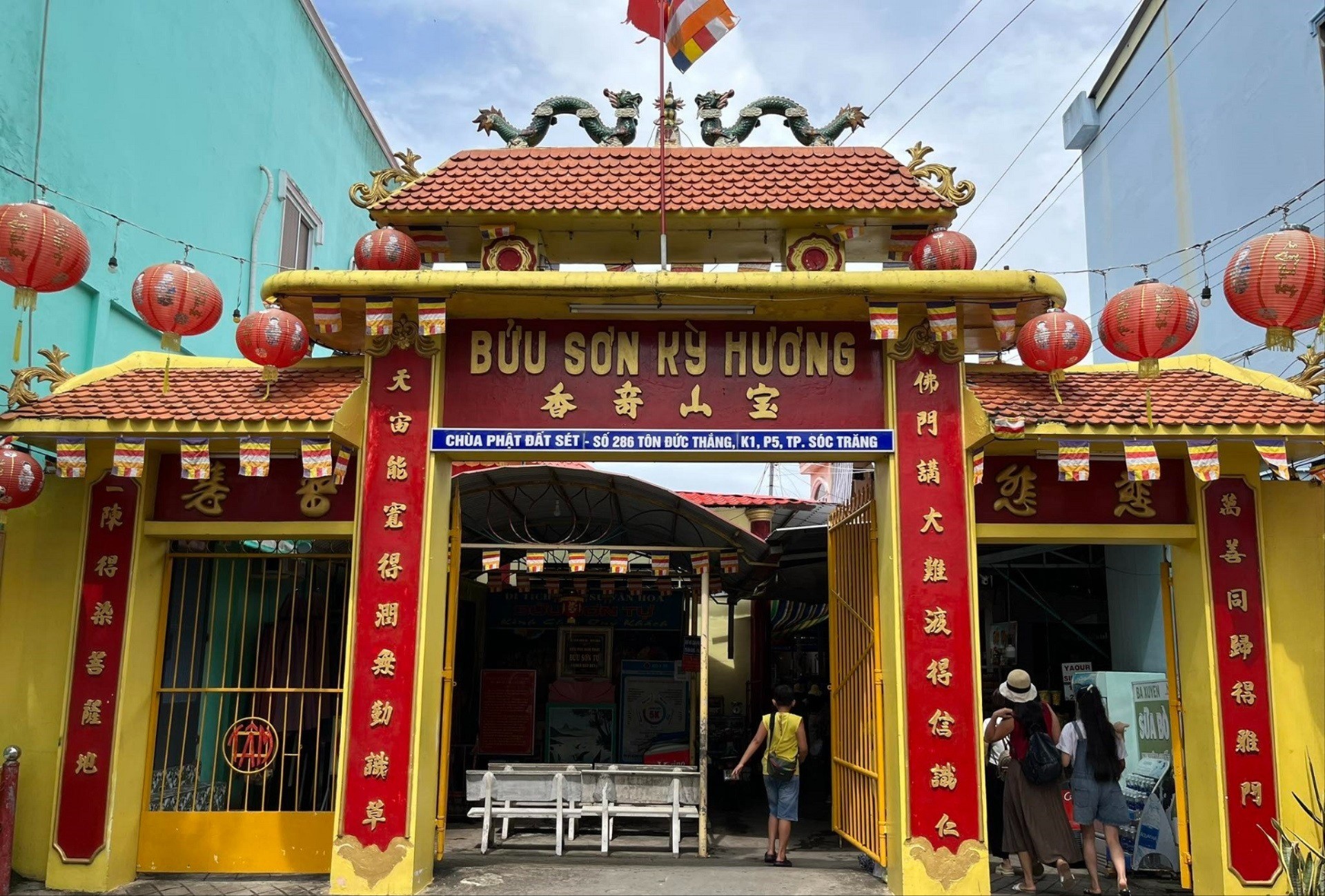
The symbol of the Buu Son Ky Huong religion is very simple: worshiping an old brown ceiling.
The leader of the Buu Son Ky Huong religion is Mr. Doan Minh Huyen (the two leaders of the Tu An Hieu Nghia Buddhism and Hoa Hao Buddhism are disciples of Mr. Doan Minh Huyen).
Buu Son Ky Huong, Tu An Hieu Nghia, Tinh Do Cu Si Phat Hoi Viet Nam, Hoa Hao Buddhism, Cao Dai are all integrated religions based on Buddhist teachings, and are separate branches of Buddhism. The later endogenous religions mainly focus on worldly activities rather than lofty teachings to suit the culture and intelligence of the local people.
9. Buddhism Four Graces and Filial Piety
The Four Graces and Filial Piety Buddhism was recognized by the State in 2010 (formerly known as the Four Graces and Filial Piety religion, since 2020 it has been renamed the Four Graces and Filial Piety Buddhism).
Currently, Tu An Hieu Nghia Buddhism has about 60,000 followers, over 900 dignitaries and officials, and 74 places of worship. The main headquarters is Tam Buu Pagoda in Tri Ton, An Giang.
This is an endogenous patriotic religion. In the Tu An Hieu Nghia community, there are many families of martyrs and heroic Vietnamese mothers.
The direction of operation is "Practice the Four Graces - Live a filial life - For great national unity".
Buu Son Ky Huong, Tu An Hieu Nghia, Tinh Do Cu Si Phat Hoi Viet Nam, Hoa Hao Buddhism, Cao Dai are all integrated religions based on Buddhist teachings, and are separate branches of Buddhism. The later endogenous religions mainly focus on worldly activities rather than lofty teachings to suit the culture and intelligence of the local people.
10. Harmonious Buddhism
Hoa Hao Buddhism has been recognized by the State since 1999, currently has about 1.5 million followers, 4,000 officials, 51 pagodas, and headquarters at An Hoa Pagoda (Phu Tan, An Giang).
Hoa Hao Buddhism minimizes administrative burdens and practices Buddhism to cultivate oneself.
The path of practice is "For the Dharma, for the nation".
Hoa Hao Buddhism's activities are oriented towards social security. The Southwestern region has many Hoa Hao Buddhist ambulances. Many electrical systems, roads, schools, and stations have contributions from this religious community.
11. Pure Land Buddhist Lay Association of Vietnam
Recognized by the State in 2007, to date, the Vietnam Pure Land Buddhist Lay Association has nearly 1.5 million followers and members, nearly 500 dignitaries, nearly 2,700 officials, and 214 branches.
The path of practice is "Study, Do good, Benefit the country, Benefit the people".
The motto of operation is "Phuoc - Hue song tu".
Developing traditional medicine on the basis of Buddhist teachings, each place of worship has a Phuoc Thien traditional medicine room.
The Vietnam Buddhist Lay Association has received many certificates of merit from the Minister of Health; currently has a team of doctors and medical students who are religious dignitaries but are well-trained and professional in traditional medicine.
12. Vietnam Seventh-day Adventist Church
Recognized by the State in 2008, the Vietnam Seventh-day Adventist Church has over 16,000 followers, 150 dignitaries, 16 affiliated religious organizations, and 191 group locations.
13. The Southern Buddhist Sangha of Minh Su Dao
The Southern Buddhist Sangha Minh Su Dao was recognized by the State in 2008. It currently has 10,000 followers, over 200 dignitaries, and 52 places of worship in many provinces and cities.
14. The Three-Tong Temple of the Enlightened One
Recognized by the State in 2008, Minh Ly Dao Tam Tong Mieu currently has about 1,200 followers, about 20 dignitaries with 4 worshiping establishments operating in Ho Chi Minh City (HCMC, Ba Ria - Vung Tau, old Long An).
15. The Church of Jesus Christ of Latter-day Saints (Mormonism)
The Church of Jesus Christ of Latter-day Saints of Vietnam was recognized as a Representative Board in 2016 and granted a religious activity registration in 2019.
16. Buddhism Filial Piety and Evil
With about 6,500 followers and 8 places of worship, Hieu Nghia Ta Lon Buddhism was granted a religious activity registration by the People's Committee of Kien Giang province in 2016; and was recognized as a religious organization by the Ministry of Home Affairs on August 8, 2023.
The path of practice is “Peace - love - compassion. Study Buddhism - cultivate virtue - repay the four graces”.
In addition to the 16 religions that have been recognized and granted religious activity registration, in Vietnam there are hundreds of new religious and belief phenomena, some of which have not registered their activities and have not been recognized as religious organizations.
Source: https://baolaocai.vn/16-recognized-teachings-in-viet-nam-co-mot-so-duoc-it-nguoi-biet-den-post649284.html


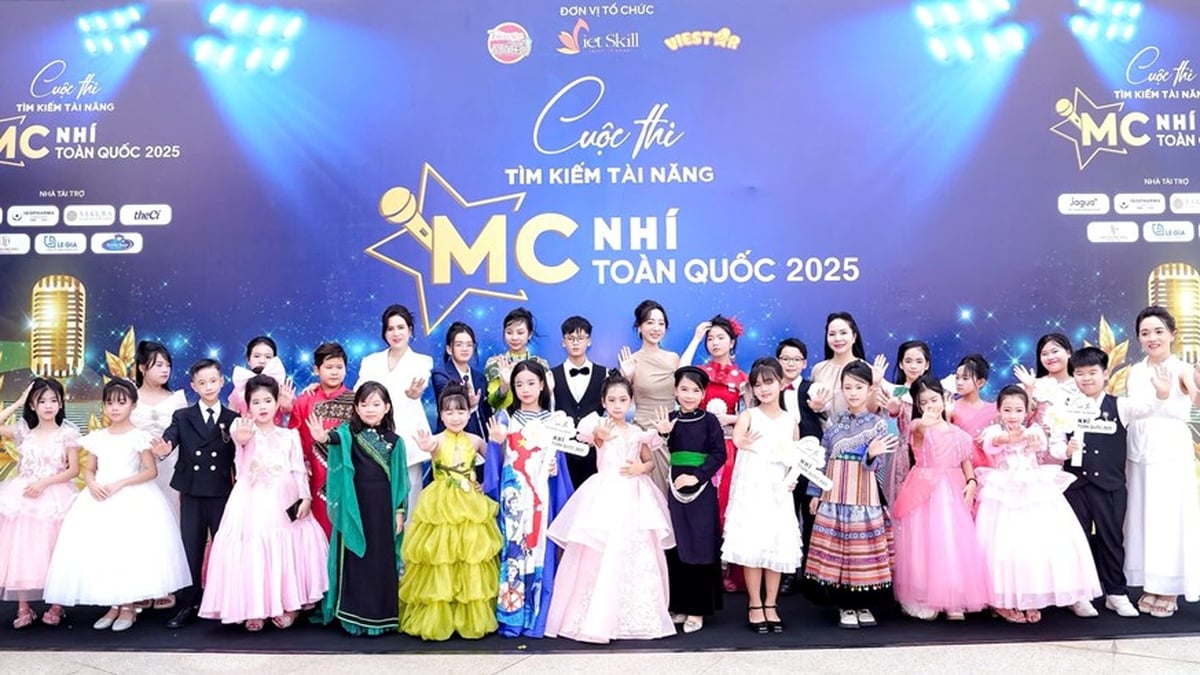
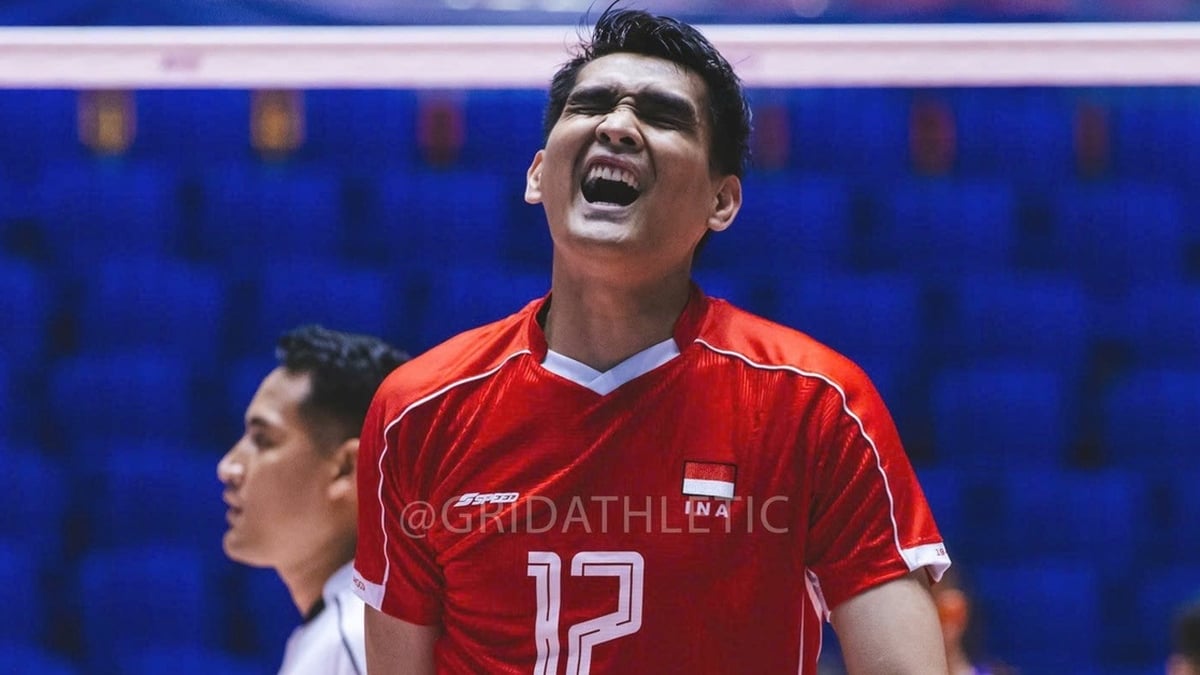
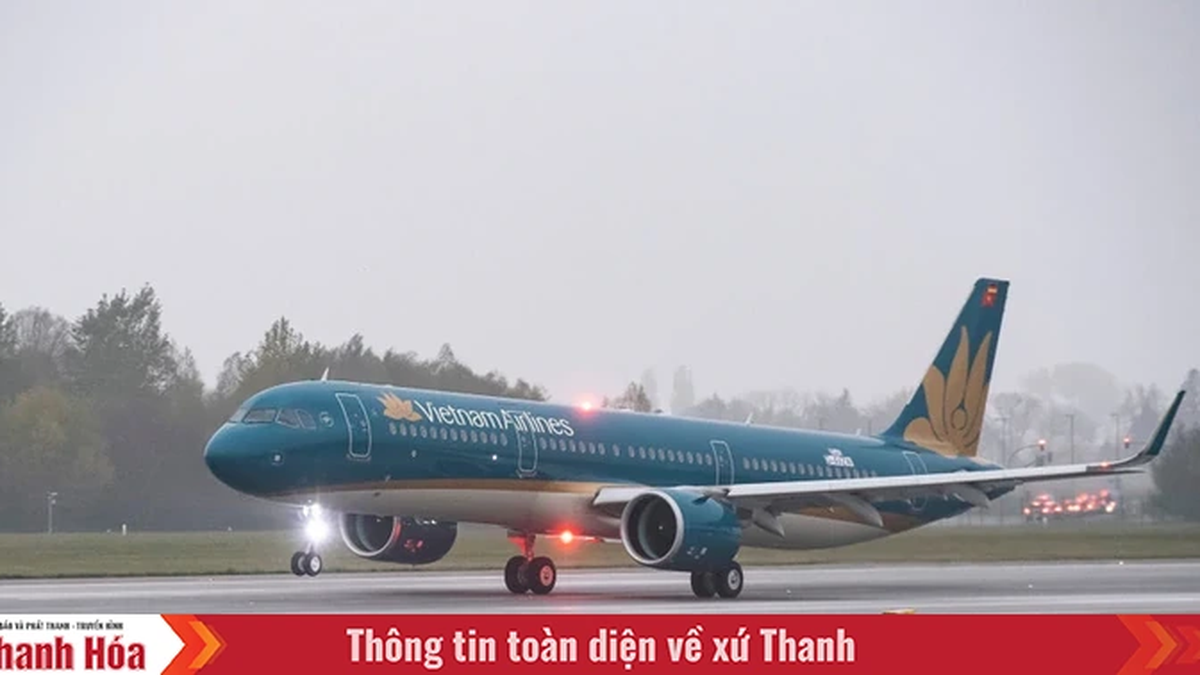
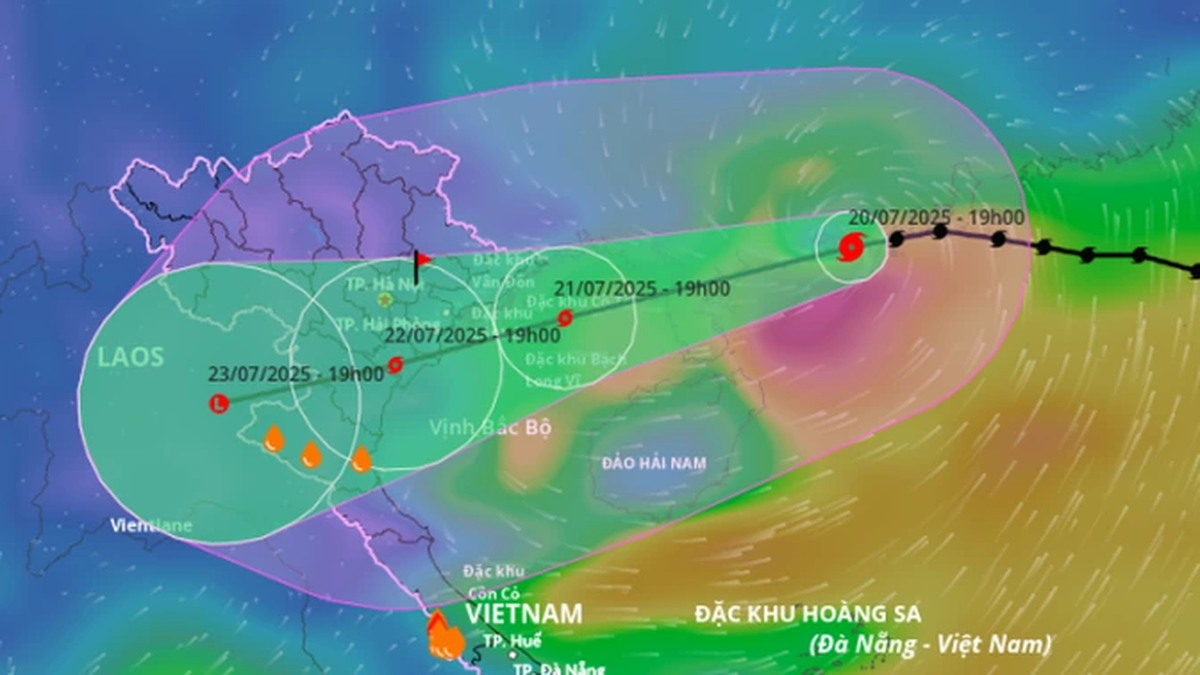
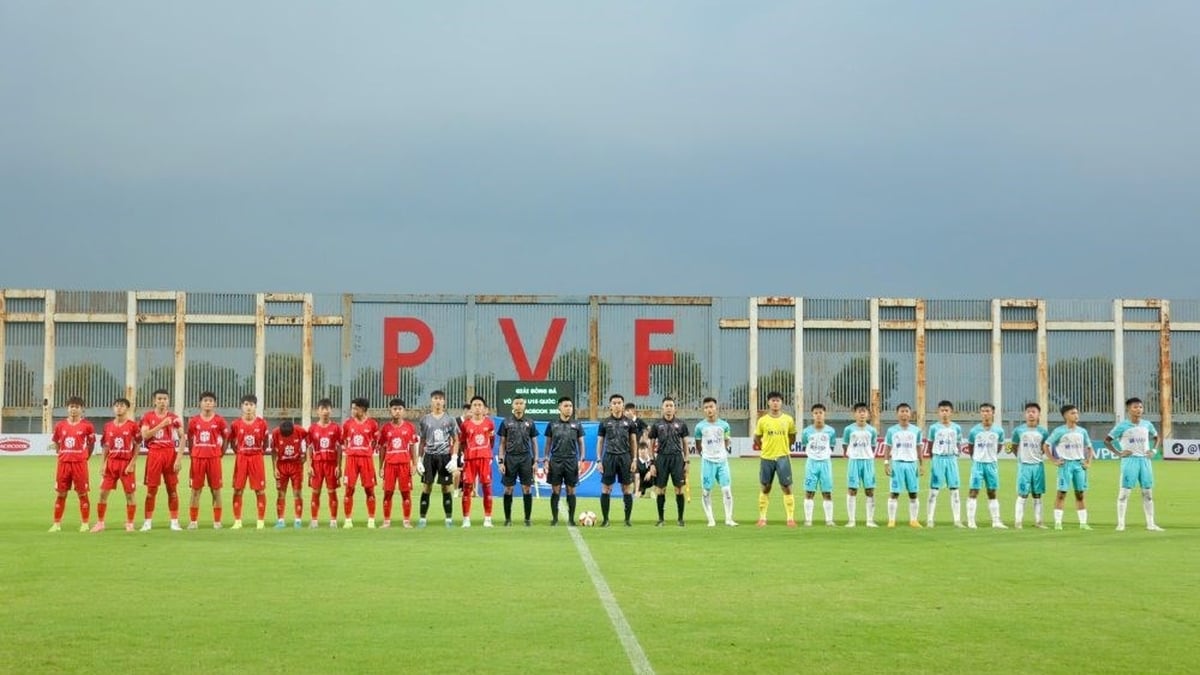
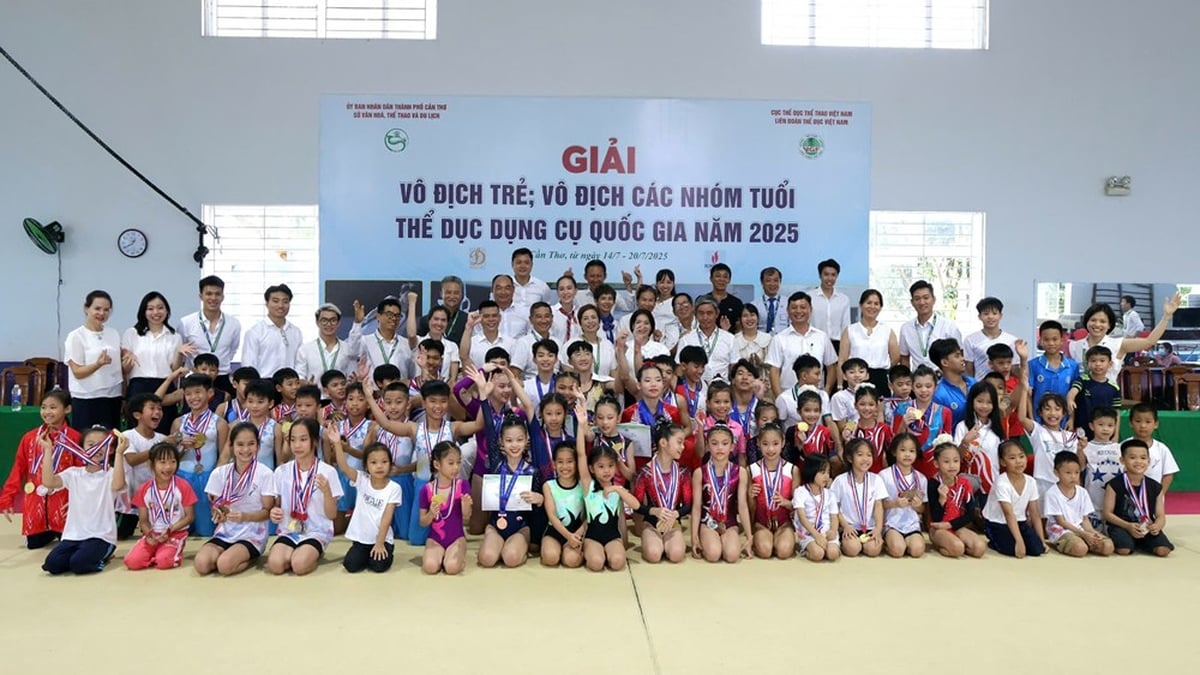
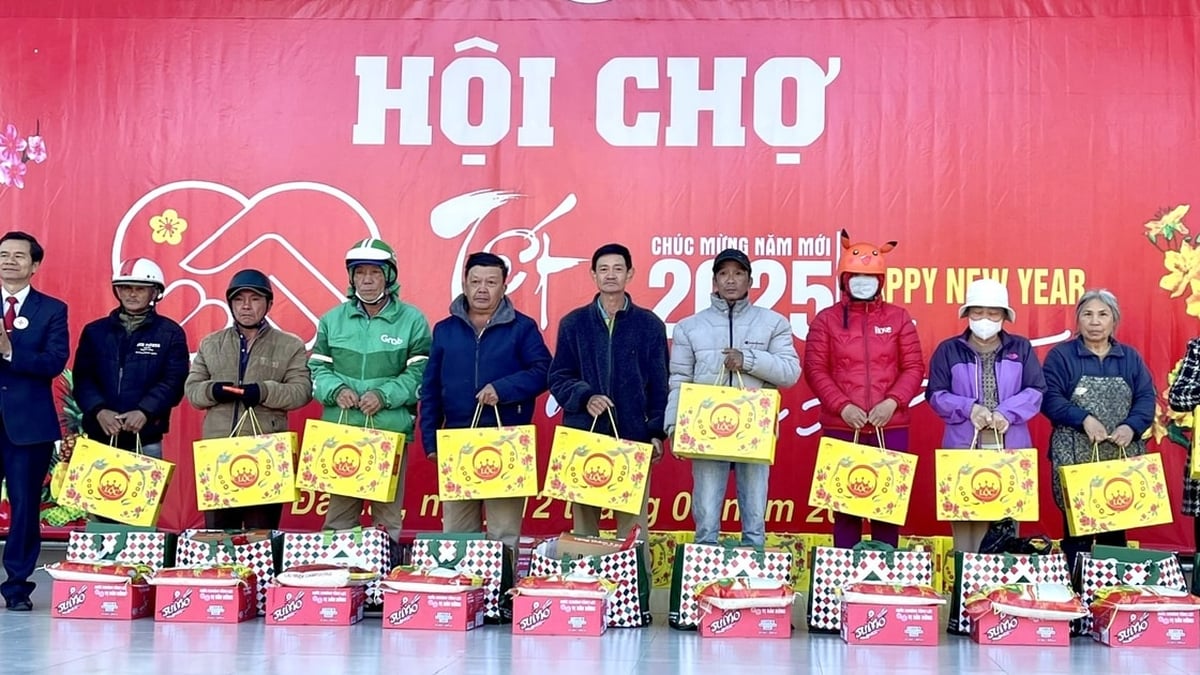
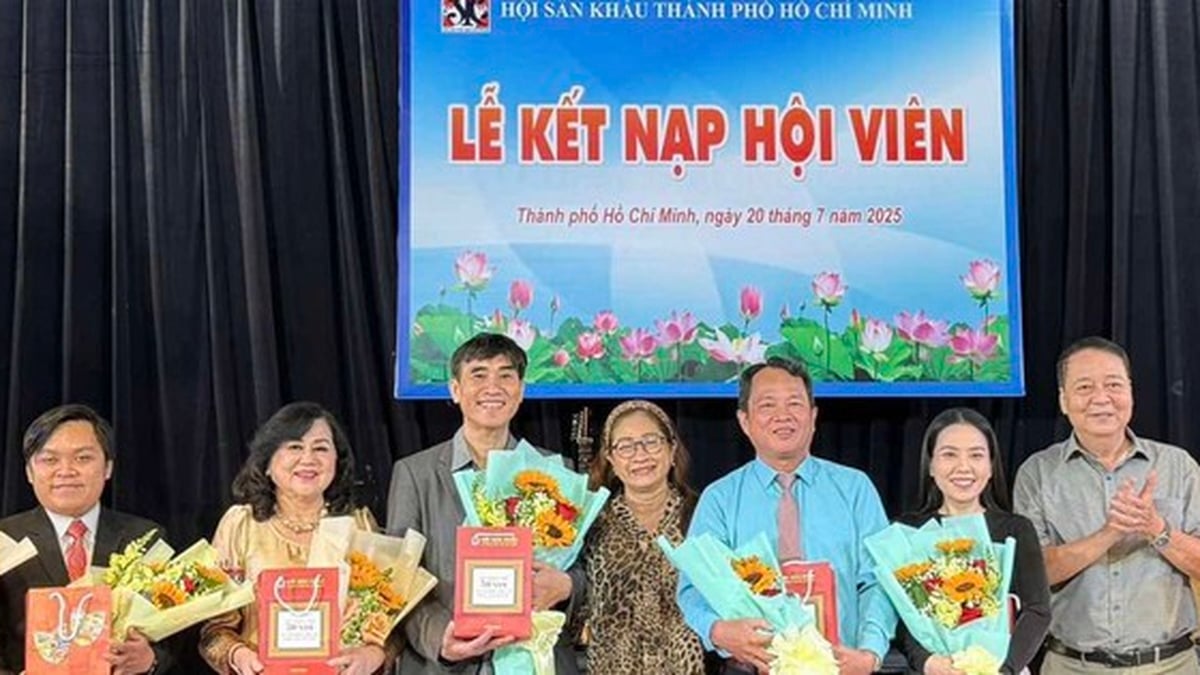
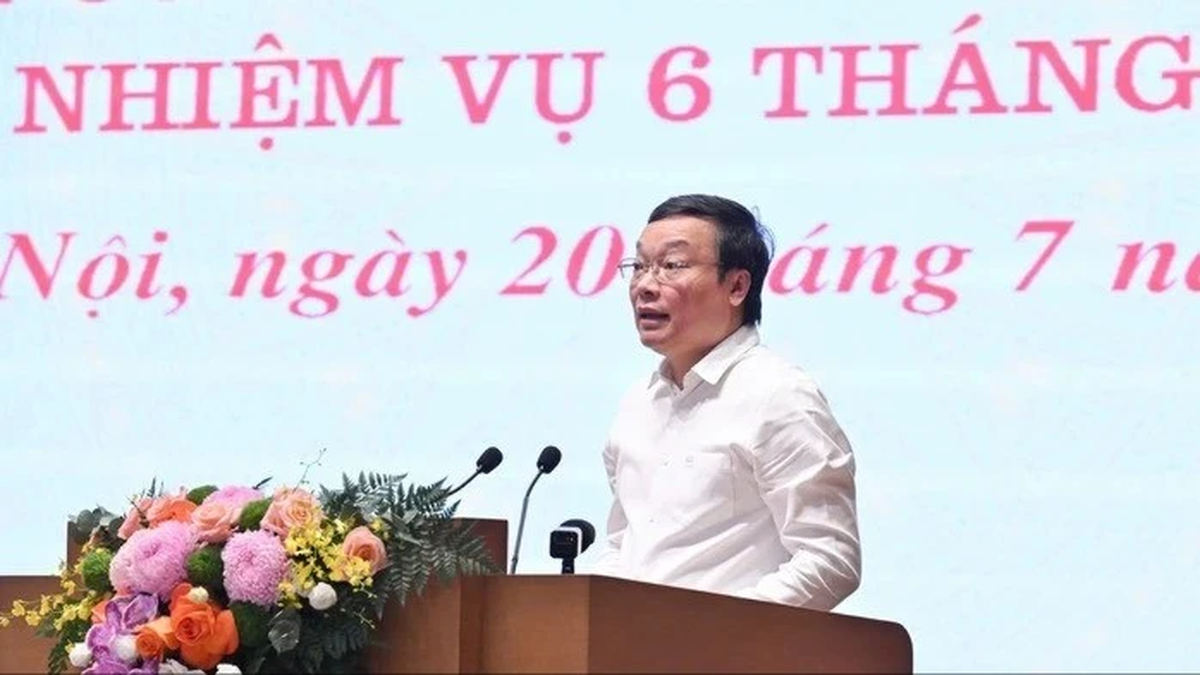
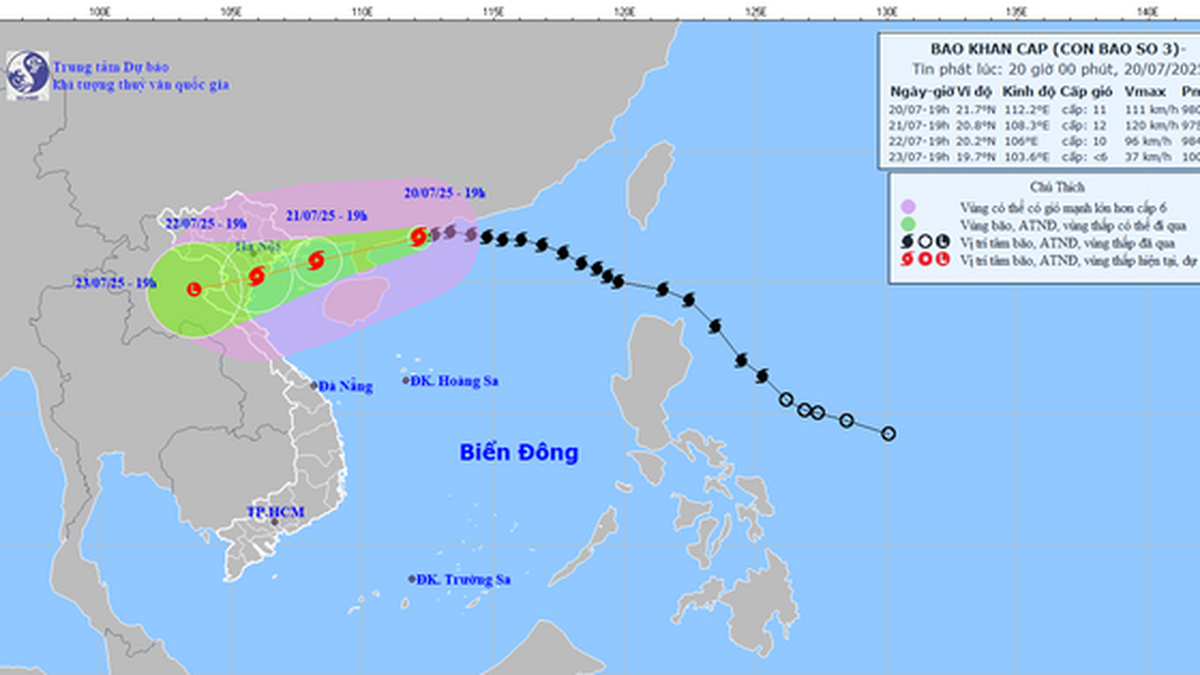

















![[Photo] National Assembly Chairman Tran Thanh Man visits Vietnamese Heroic Mother Ta Thi Tran](https://vphoto.vietnam.vn/thumb/1200x675/vietnam/resource/IMAGE/2025/7/20/765c0bd057dd44ad83ab89fe0255b783)



































































Comment (0)